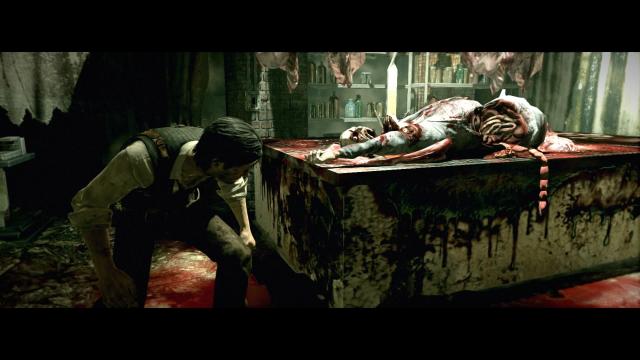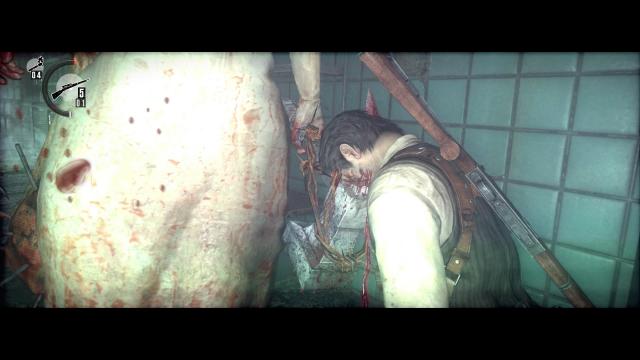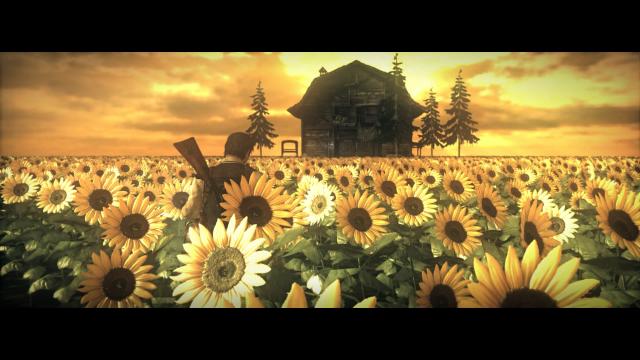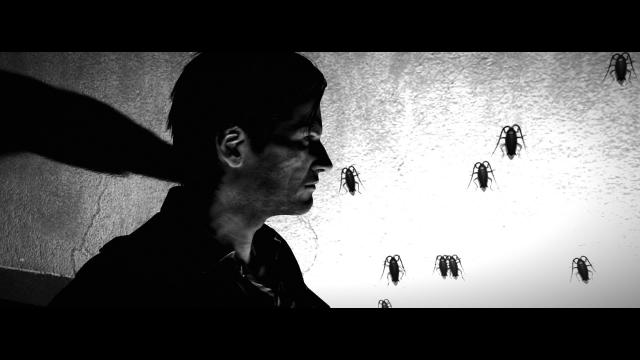You see an item shining at the far end of the corridor, nothing stopping you from running up to it and pressing X to interact. But its never that easy, how is the path to the shiny trinket so uneventful and harmless, it doesn’t feel right. Just as you close-in on the treasure, you hear a growl behind you. The dead body that you sprinted past wasn’t dead enough afterall.

Such an occurrence is highly plausible and even deliberately crafted in The Evil Within. It is also the kind of deception and trickery that is staple of the Souls series of games consisting of Demon’s Souls, Dark Souls and Dark Souls 2. Souls enthusiasts (like myself) usually – having finished all three games multiple times – suffer from this syndrome where other games seem to be lacking a similar level of complexity.
So ultimately we are given to comparing other games with the Souls entries because the series on its own has re-introduced so many classic game mechanics to such wonderful effect that they are readily accepted and implemented by game-makers today. It’s like a game design renaissance.
For instance we witness a resurgence of non-regenerating health bars, stamina/action points systems, rogue-like elements, insta-kills, perma-death, mechanics that require practice and precision; all of which are the essence of the Souls games. The Evil Within appeared to me the closest and most successful outcome of this design shift. I don’t intend to argue that The Evil Within is a proper RPG, but rather that the philosophies of game design, mechanics and world structure is more Souls-esque rather than your typical AAA game. Lets get to it then and discover just why and what similarities emerge:
1) The presence of the stamina gauge in The Evil Within is probably the most obvious resemblance, considering how pivotal it is to the Souls’ combat and movement. Though stamina is only consumed while sprinting (not during combat actions or melee attacks) but when faced with 5 haunted enemies with bullets so scarce your only options is to run the hell out; which brings us to…
2) Scarcity of resources; ammo and melee weapons are scarce and healing packs are one-time-use-items (more like Demon’s Souls grasses). Moreover the game’s economy is never a throw-away; its tight and tactical and requires you to allocate the game currency (green gel) judiciously into competent and often well thought-out upgrades.
3) No enemy in the game feels weak, all of them pose credible threat. Many of them can dispatch you in three or less hits. Many have insta-kill moves of their own. Moreover you never feel powerful enough either. As you progress along the game, so does the variety of enemies and the amount of threat they pose. Thus the game feels daunting and intimidating but accomplishing an area also leads to a sense of accomplishment like no other.
4) Some of the enemies pretend to be dead (much like a few baddies in Dark Souls 2) but they may soon rise to deliver death to thee, which reminds me: You die a lot and in horrible and grossly graphic formats.

5) The game features a hub area: Beacon Mental Hospital (much like the Nexus, Firelink Shrine or Majula) where you return often to level up, upgrade, uncover background lore and such. Also, accompanying you in the hub area is a mysterious lady: Tatiana to guide the player’s sanity and give them vague pointers and allusive feedback à la the Maiden in Black of Demon’s Souls, Anastacia of Astora from Dark Souls and the Emerald Herald from Dark Souls 2.
6) The traps in these games are smart and almost always insta-kills that not only fosters ‘learning from your mistakes’ but also requires you to maintain constant vigilance to spot and avoid them upon successive encounters.
7) The Evil Within is littered with risk-rewards decisions making encounters more open-ended in terms of approach. Should you risk executing a twitchy minigame to disarm a trap mine for salvaged material or should you lure the enemies to activate the trap for easy their dispatch? Should I go for headshots which takes three bullets per enemy or knee-shot one enemy to burn him and the enemy behind him which conserves two bullets but uses a match? Is the explosion bolt more suitable in this situation or the flash bolt? Decisions like these need to be taken in the moments of dread and trepidation, all painting your experience vividly and differently.
8) Upon that you keep getting this constant nagging feeling of: maybe you may hit a roadblock, come across an insurmountable section or loose all of your resources just like in Souls. Or maybe you might level your character up in a way that is totally non-conducive to the next challenge or boss.
9) But, the bosses too have a Souls-like quality to them. They can either be faced head-on which is often tougher or if you are hell-bent on taking away their screen-time; they can be dispatched by exploiting their weaknesses.
10) Much like most of Demon’s Souls (Stonefang Tunnels, Tower of Latria) and some prominent sections of Dark Souls 2, the game world is engulfed in darkness. Majority of The Evil Within requires you to turn on the provided lantern to be fully clairvoyant of your surroundings and the action.

11) NG+ modes are a big inclusion which have always been a major drive for Souls players. You also encounter companions (Joseph and Kidman) who can take a whole lot of damage while also dealing some of their own much like the Sunbros: Solaire of Astora, Biorr of the Twin Fangs, Lucatiel of Mirrah (Sunsister?).
There are definitely aspects where The Evil Within is entirely unlike a Souls game, like the linear chapter-driven progression, or the scripted on-rails sequences or how death does not pose any real penalties. And surely they are different genres of games. But I make a case here: If you like the Souls games, you might actually like The Evil Within, it’s not fundamentally the RPG you need but it deliver the same chills and the victorious feels.


